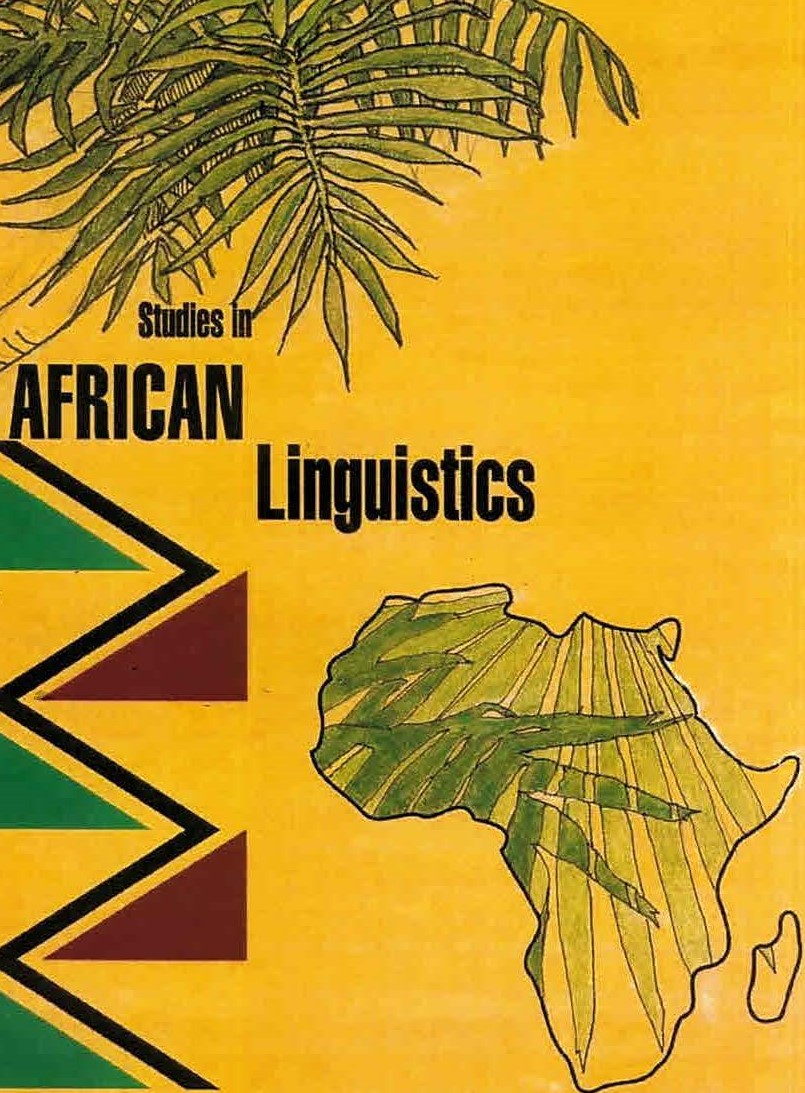The medio-passive in Moroccan Arabic
Diachronic change and synchronic structuring
DOI:
https://doi.org/10.32473/sal.52.1and2.129536Keywords:
medio-passive, Moroccan Arabic, linguistic changeAbstract
This paper provides a preliminary semantic description of the verbal category referred to in modern grammar books of Moroccan Arabic as the “medio-passive” (e.g. Harrell 1962). This category is distinguished by the medio-passive marker ‘t-’ that is prefixed to a verb stem to express a variety of grammatical meanings. The origin of this prefix can be traced back to a similar morpheme in Forms V, VI and VII of the verb in Classical Arabic associated with reflexive, reciprocal, resultative and similar meanings. Most of these meanings still survive in the MA medio-passive form, which is also used to express the passive. Following the classification suggested by Kemmer (1993), this paper discusses four major uses of the medio-passive in MA. These are the passive (e.g. t-hǝrrǝs ‘to be broken’), the reciprocal (e.g. t-fahǝm ‘to get to mutual understanding’), the reflexive (e.g. t-ʕǝllǝm ‘to learn/teach oneself), and the middle (e.g. t-ʕǝʒʒǝb ‘to be surprised’) uses. The description is intended to serve as a basis for future comparison of the medio-passive in MA with its counterparts in other languages and the role diachronic change plays in shaping this grammatical category.
Metrics
Downloads
Published
Issue
Section
License
Copyright (c) 2024 Ahmed Ech-Charfi

This work is licensed under a Creative Commons Attribution-NonCommercial 4.0 International License.


